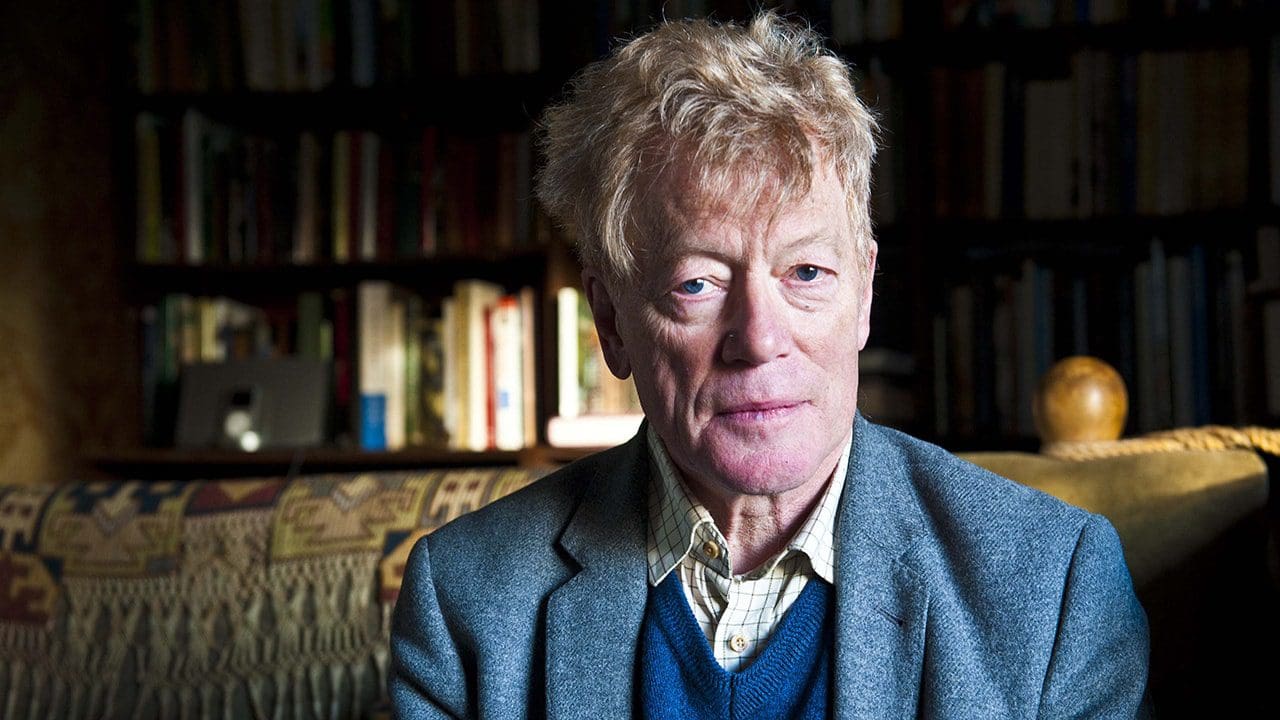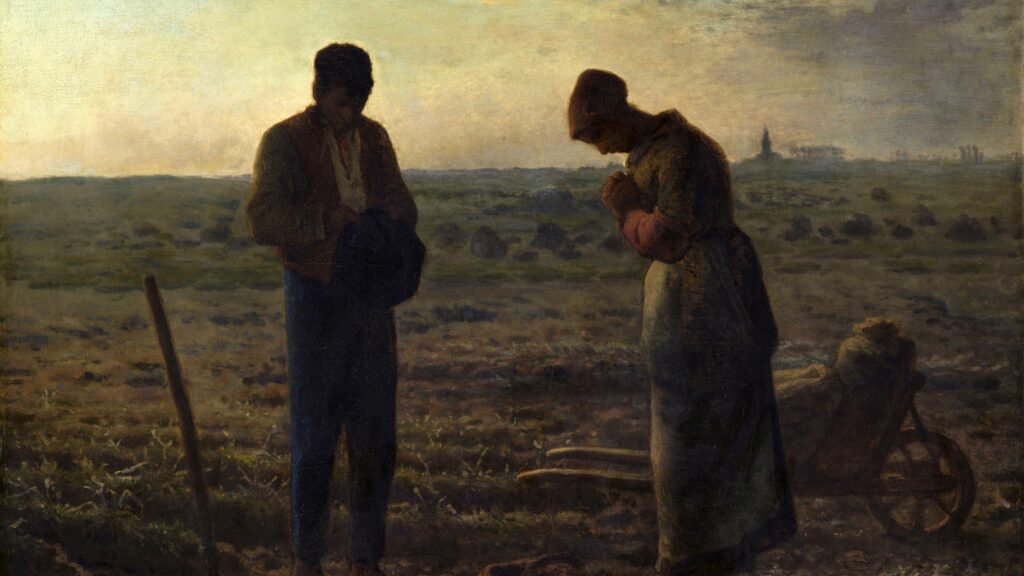Reading Sir Roger Scruton’s books requires no special justification. Yet, there are factors that might make his thoughts even more relevant. Political historian Ferenc Hörcher explained at a roundtable discussion last November that the works of Roger Scruton have an intellectual heritage in Hungary. It was mentioned during the conversation that the British philosopher, who died at the beginning of 2020, has many followers in our country, notably because of his theoretical work on conservatism and his activity in Central Europe in the 80s and 90s. In terms of context, of course, it is not a coincidence that the above was emphasized at the opening of The Scruton Café in downtown Budapest. In such an atmosphere, it is not only easier, but also more important to get familiar with Scruton’s late works.
One of Scruton’s latest works entitled Conservatism: An Invitation to the Great Tradition
was published in 2017 by All Points Book Publishers. As the title of the book reveals, “what you see is what you get”. Scruton embarks on a historical introduction of conservatism in six chapters, from its early history to the present. At first, Scruton elaborates on the evolution of conservatism, highlighting the main authors and leading promulgators of the different historical ages, yet he is focusing mostly on the conservative thoughts of great thinkers, who are not often considered conservative at all. The book is an easy-read as Scruton’s thoughts are greatly facilitated by his demanding, yet free-flowing style, parallel to his depiction of fundamental political, ideological, cultural, and economic processes of a given historical era.
The first chapter of the book looks at an age before the emergence of conservative thought. From Aristotle to the French Revolution, Scruton analyzes the thoughts that connect the individuals to their natural communities, namely the family and the society, drawing on classical thinkers, such as Thomas Hobbes, John Locke, Charles-Louis Montesquieu, and David Hume, and probably less acknowledged authors like Robert Filmer, James Harrington, William Blackstone, and Samuel Johnson. The first chapter reveals that the book will not only address conservatism, but also competing tendencies, like liberalism and socialism. Liberalism, according to Scruton, has two meanings today: on the one hand, it refers to the politics and philosophy of individual freedom that John Locke and his followers have branded, and on the other, to progressive ideas prevailing since the birth of modern socialism. Classical liberalism defended freedom against the sovereign, while progressive liberalism, thanks to socialist influences, urges to fight for freedom and equality at the same time. According to Scruton, modern conservatism is the product of the Enlightenment, which came about due to an indecision, an experimental path branching off from liberalism, rather than a mature doctrine. Conservatives, like liberals, saw the need for separation of powers, constitutional government and political representation, and agreed that the fundamental rights of citizens (e.g. the right to property) should be protected by the state. Conservatives, of course, had reservations: they rejected liberal interpretations of the social contract; thought of an individual in terms of duties, social institutions, and traditions, and when it came to freedom and order, the latter had to prevail. Demonstrating the differences in conservative thought does not preclude Scruton from interpreting modern conservatism in relation to classical liberalism, thereby also highlighting their similarities.
The second chapter points to the process of crystallization of conservative ideas,
which eventually led to the birth of conservative philosophy and political practices. This chapter details the work of three dominant thinkers: Thomas Jefferson, Adam Smith, and Edmund Burke. Of course, this chapter gave Scruton an opportunity to comment on the French Revolution by drawing on Burke. It is interesting to note that he points not only to terror and the cancellation of traditions, but to the “documents” adopted in the American and French revolutions. It also addresses the differences between the US Constitution and the Declaration of Rights and the Declaration of Human and Civil Rights. The Anglo-Saxon centrality pales into insignificance in the third chapter, which focuses on French and German authors. After a brief introduction by Emmanuel Kant, Scruton moves on to the merits of Friedrich Hegel, which he lists at length including the formulation of a vision of a conservative political order and the Hegelian expectation that abstract ethical norms should also be examined in real historical situations. After Hegel, the great figure of reactionary conservatism, Joseph de Maistre is discussed, drawing attention to the divine right of kings and the pride of the Enlightenment, while rejecting the idea of popular sovereignty. Similarly, François-René de Chateaubriand belongs to the French branch of conservatism, whose representatives sought to abolish or mitigate the changes brought about by the French Revolution; all this by the protection of the Christian heritage and the fight against secularism. At the end of the chapter, Alexis de Tocqueville is mentioned, who—based on his American experience—pointed out that the unlimited pursuit of the idea of equality easily leads to the loss of freedom.
The difficulty of summarizing the centuries-old intellectual traditions occupies roughly one hundred and fifty pages in Chapter Four. The social and economic development described at the beginning of the chapter, as well as the processes of the history of ideas induced as a result (like the transformation of conservatism and liberalism, the emergence of socialism and utilitarianism) is more difficult for the reader to follow. The rest of the chapter cannot be considered an easy political read as Scruton guides the reader to the world of cultural conservatism. The main lesson being, in addition to gaining insight into the works of Samuel Taylor Coleridge, John Ruskin, Matthew Arnold, T. S. Eliot, and F. R. Leavis, that conservatism is not just a political trend. The values upheld by conservatism and the responses that underlie are displayed in the arts, be it poetry, painting, sculpture, or architecture.
After the First World War, in addition to liberalism—which increasingly embraced socialist ideas—conservatism took on a new direction
as discussed in Chapter Five of the book. Friedrich August von Hayek’s thoughts on the free market, capitalism, and freedom contained anti-socialist elements that could be interpreted as conservative even though he did not consider himself as one. Michael Oakeshott’s attacks and defence of the free association of citizens from “top-down politics” pointed to the fact that conservatism can also be interpreted as a secular trend. While important European authors like Charles Péguy, Simone Weil, José Ortega y Gassett, have continued to emphasize the importance of protecting Christian traditions in America, antithetically James Burnham and Whittaker Chambers have been more anti-socialist and anti-Soviet.
In the final chapter, Scruton outlines the history of conservative ideas over the span of the past fifty years. In his view, conservatism during this period is mostly about opposition to political correctness and opposition to radical Islamism. While some forms of cultural conservatism can still be discovered in the works of George Orwell, Maurice Cowling, F. W. Maitland, William F. Buckley, and Russel Kirk, just to name a few, there is less of it in European politics. This phenomenon is due in part to the fact that most conservatives also nod to the libertarian response of Robert Nozick that was formulated against John Rawls’ theory of justice. According to Nozick if we, similarly to Rawls, interpret justice as a question of the distribution of goods and benefits, it will necessarily lead to the destruction of freedom. This conservative-libertarian mishmash is present in the new-right Thatcher-Reagan duo politics of the 1970s which responded to the neo-leftism of the 1960s and, of course, included anti-communist propaganda.
According to Scruton, after the emergence of neo-liberalism, three new actors drew attention to the destruction caused by the socialist cult of equality as well as global powers: Samuel P. Huntington, Pierre Manent, and himself as the leader of the Salisbury Group. Scruton’s opinion constantly crops up, in part as a result of the comments made during the analyses and his own position on conservatism as it was elaborated in the preface and in the afterward of the book. According to Scruton, there are strong tensions between the Western and Islamic world views and political systems. While Western conservatives see where the problem is rooted and know the key to the solution, Western progressive liberalists use labels, like “xenophobe”, “Islamophobe”, and they practice censorship. This part of the book, before slipping into a political debate on current affairs, has two main themes: on the one hand, Scruton standing up for nations does not equate to oppressive nationalism, but rather stems from the conservative idea that a human being, by nature, belongs to a community; and the formation of a political community presupposes belonging to a “pre-political” community, which must be defined on a national basis. Scruton’s conservatism, on the other hand, is in some respects relatively permissive, not reactionary, or adherent to any particular circumstance. Building on Burke’s thoughts, Scruton argues that the evolution of circumstances must proceed in a way that does not jeopardize the retention of the “core” of tradition.








